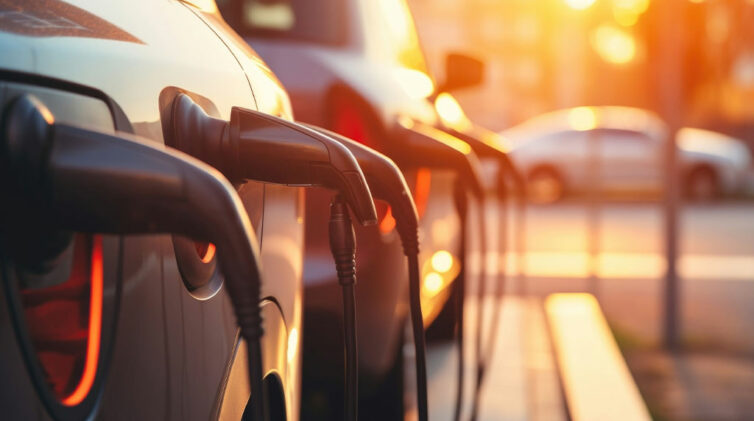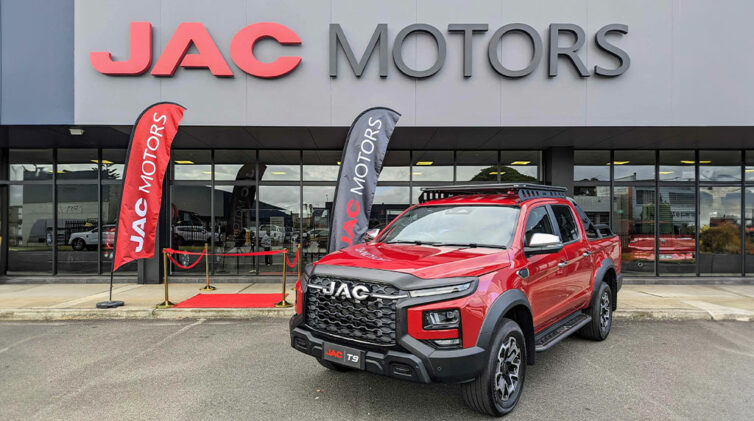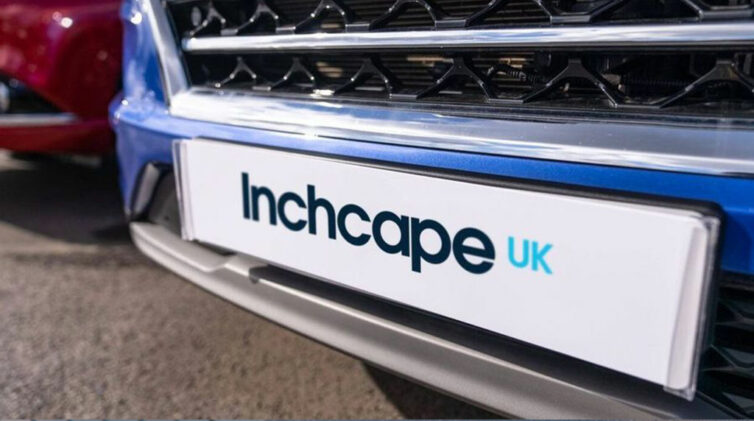Online vehicle price watchdog Price My Car reported this week that in its investigation of the new-car market, six brands surveyed had seen price rises of above 30 per cent in the period since January 2019 and one – Hyundai – was up 52 per cent.
It also showed that the Toyota Yaris was the model with the biggest price increase in the period, jumping 94 per cent on price increases and the introduction of the higher-priced hybrid and GR versions.
In mid-2020, Toyota announced a realignment of Yaris pricing, lifting its smallest model out of the sub-$20,000 bracket for the first time.
The cheapest Yaris was then the Ascent Sport at $22,130 (now $23,740 with an automatic transmission), up $6800 from its previous equivalent variant that was priced at $15,390 (manual transmission). Automatic transmission was previously a $1500 option.
Price My Car (PMC) said the Yaris was only one example. Site founder David Lye said the data collated by his company was based on the actual price paid by buyers, inclusive of dealer delivery costs and other fees.
He said it also took into account the lack of dealer discounting, a relatively new concept attributed to the high demand for new cars combined with the shortage of vehicles from the factories.
The biggest price rises by brand were listed by PMC as Hyundai (up 52 per cent); Lexus (up 45 per cent); Suzuki (up 43 per cent); Isuzu Ute (up 36 per cent); BMW (up 34 per cent); and Nissan (up 32 per cent). Others included Volvo and LDV (both up 27 per cent).
Toyota had four models in PMC’s Top-8 biggest price hikes for models, with the Yaris the biggest at 94 per cent followed by the RAV4 (up 43 per cent); Hiace (up 40 per cent); and Kluger (up 39 per cent).
Kia’s Cerato was up 48 per cent followed by Hyundai’s Tucson (up 47 per cent) and then two Mazdas – the Mazda2 that showed a 45 per cent price increase and the Mazda3 with a 42 per cent rise.
Mr Lye said the price rises were triggered by acute supply issues that centred on the COVID-19 pandemic.
“This caused strong demand for new and used vehicles and led to new car prices rising strongly to well beyond inflation,” he said.
He said the PMC list was compiled using 363,400 data points over the past few years “and illustrates what people have actually paid rather than any list price increases over the period.”
Mr Lye said the three distinct reasons why people are paying more for new cars are:
- Discounts from the car dealers have dried up as supply dwindles
- Car makers have taken the opportunity to increase their prices
- In some cases, car makers have dropped off the lower-end and less profitable variants
He said the data was intended only as a guide and where sufficient data was not available, the make and models were omitted.
GoAutoNews in March confirmed the strong push by car makers to increase prices when it published a list which showed, since pre-COVID, list prices increased by an average of 7.6 per cent – with a high of 17 per cent by one brand and 40.3 per cent by one model.
The March article said that GoAuto examined the prices of 1100 models available for sale between August 2019 and March 2022. Those models that had been discontinued since August 2019 or that did not directly relate to a variant sold in March were omitted from the data.
GoAutoNews said: “Only three manufacturers maintained their pre-pandemic price levels (Alpina, Ferrari and McLaren), with the same number decreasing prices overall since August of 2019 (Bentley, Porsche and Tesla).
Honda and Mercedes-Benz Cars could have not been compared like-for-like owing to their respective agency model moves.
“Otherwise, every manufacturer has increased prices by between 0.99 and 17.0 per cent, with a noticeable split between premium and mainstream importers.”
It said that some models have undergone life-cycle updates, others have been replaced entirely, and many variants have ceased to be sold and have been replaced with new ones.
“But when viewing like-for-like, it’s evident that the price of a new vehicle has increased significantly since before the pandemic,” it said.
“It could be argued that cars have more technology on board nowadays and are dearer to build and import. Complications around shipping and parts procurement, factory shutdowns and other pandemic-related issues have all increased the cost of doing business for car-makers.
“But it is worth noting that cars are now dearer when viewed against average wages than at any time during the past three decades and new car pricing has rapidly outrun Australia’s GDP.”
By Neil Dowling


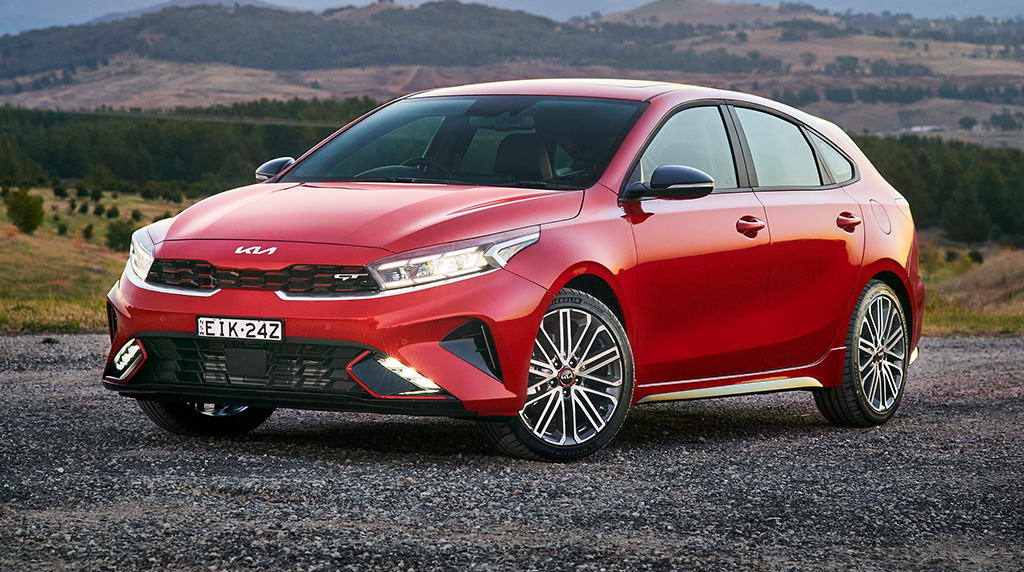

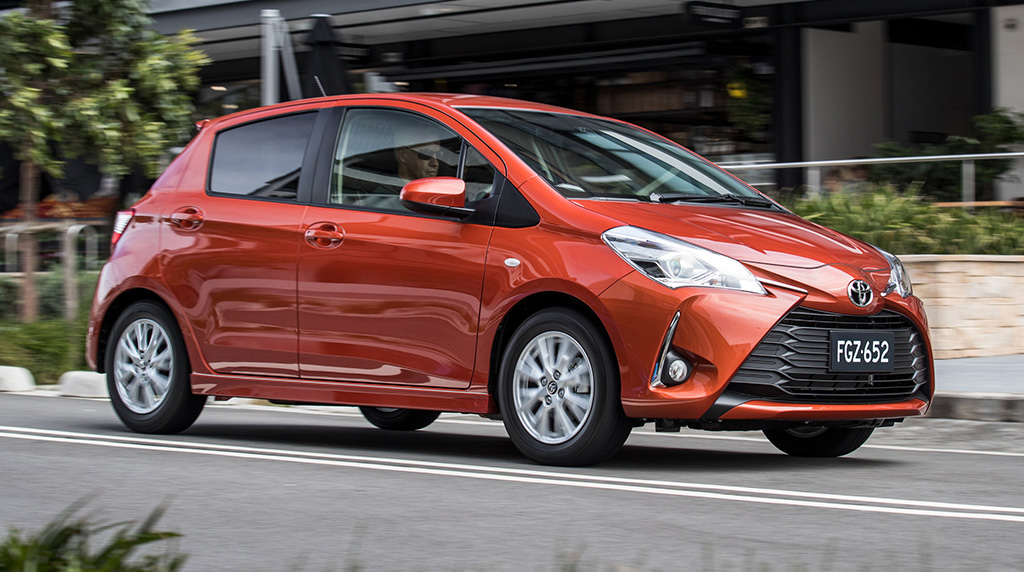










 Read More: Related articles
Read More: Related articles